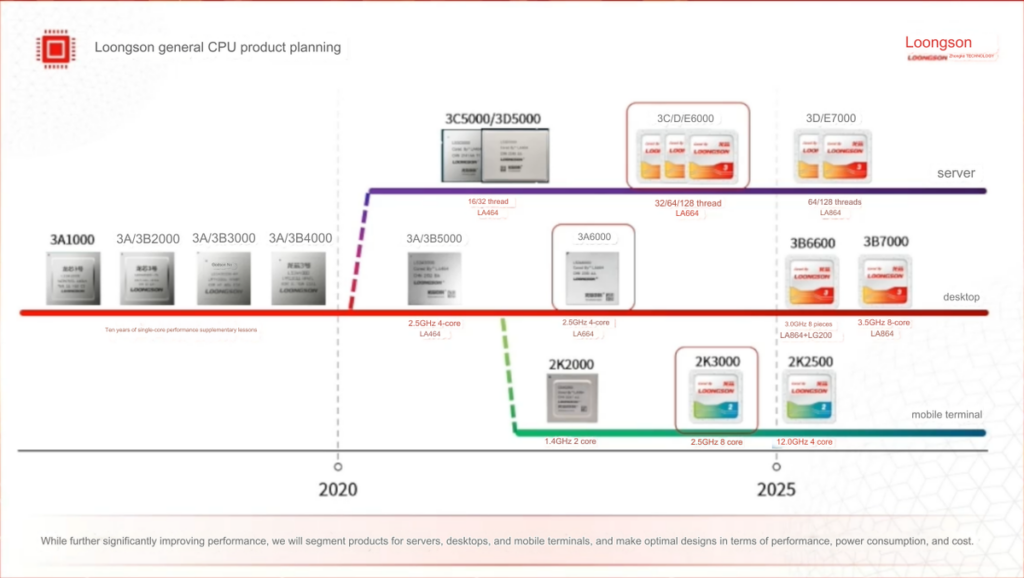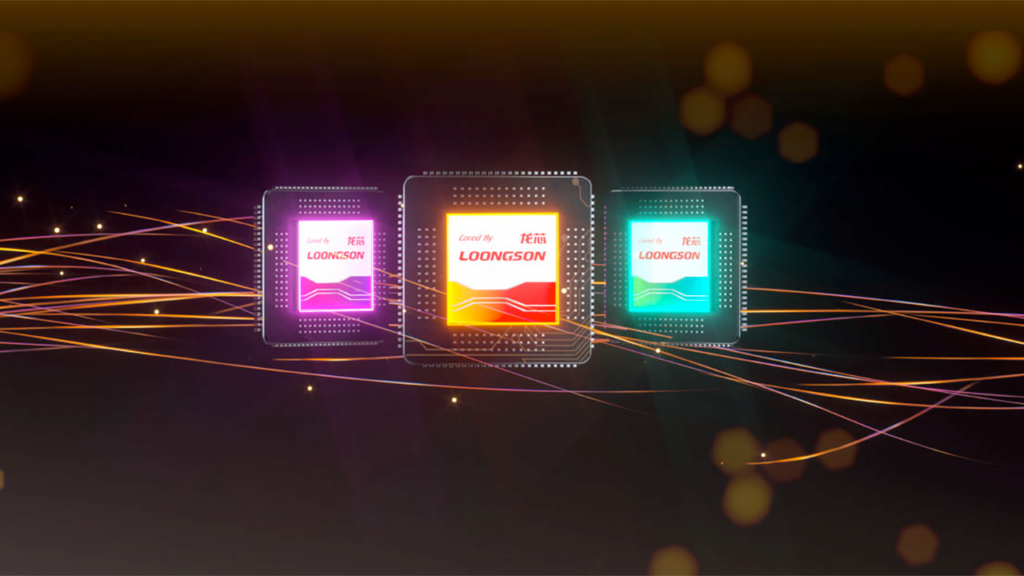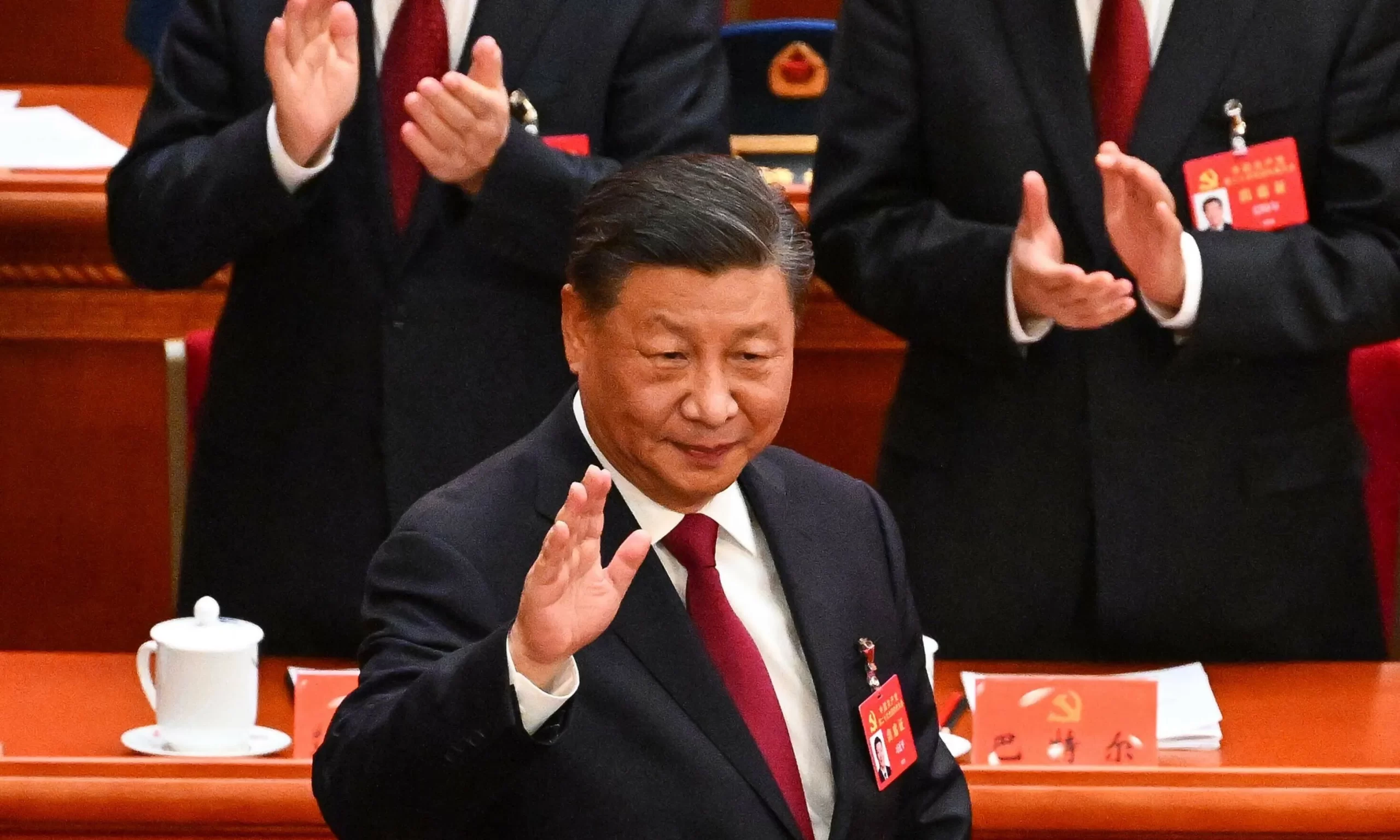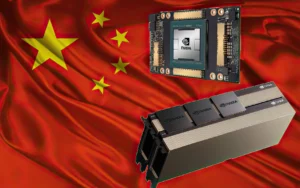Introduction
In the realm of semiconductor innovation, Zhang Ge, CEO of Loongson, unveiled the company’s upcoming octa-core CPUs, the 3B6600 and 3B7000, designed specifically for the Chinese market. These processors prioritize single-core performance over multi-core capabilities, targeting the mainstream segment.
Follow us on LinkedIn for everything around Semiconductors & AI
Background of Chinese CPUs:
Loongson, a Chinese chip designer, is making waves with their latest processors.

Loongson’s CPU Roadmap(Image credit: Loongson)
New CPU Models: The Loongson 3B6600 and 3B7000 are the CPUs claimed to be matching Intel’s performance.
Performance Benchmark: These CPUs reportedly match Intel’s 10th Gen processors in single-core performance. This means they can handle tasks that rely on one CPU core very well, like basic web browsing or productivity applications.
Current Shortcomings: While impressive, Loongson admits their CPUs still lag behind in multi-core performance. This is important for tasks that can utilize multiple cores simultaneously, such as video editing or demanding games.
Focus on Single-Core: Loongson seems to be prioritizing improvements in single-core performance for the mainstream market, which aligns with typical user needs for everyday tasks.
According to the company’s details, the 3B7000 boasts support for PCIe 4.0, SATA III, USB 3.0, GMAC, and HDMI output. Additionally, it features integrated INT8 Tensor accelerators tailored for LLM workloads, along with support for OpenCL 3.0 computing and OpenGL 4.0 graphics acceleration.
Its on-chip graphics deliver up to 256 GFLOPs of computing power, which can be further boosted to 1TFlops with a discrete graphics solution. While specific details are scarce, given that the mini PC with the 3A6000 CPU only managed 4K at 30Hz, there’s a likelihood that this integrated GPU may lack certain functionalities and support. Notably, it appears to offer compatibility with various RAM interfaces including SRAM, SDRAM, DDR2, DDR3, and DDR4.
Overall, this is a significant development for China’s domestic chip industry. It indicates they are rapidly closing the gap with established leaders like Intel and AMD. However, it’s important to consider the specific performance metrics when evaluating these claims.

Chinese CPUs: Closing the Gap in Single-Core Performance
Despite acknowledging a gap in multi-core performance compared to competitors, Loongson proudly boasts a significant improvement in single-core performance.
The company claims a staggering 20X uplift compared to its previous processor iterations.
This leap in performance is particularly noteworthy, positioning Loongson’s CPUs in the same league as AMD’s Zen 4 and Intel’s Raptor Lake architectures.
Read More: Italy Invests $10.7 Billion to Become Europe’s Microelectronics Leader – techovedas
Chinese CPUs: Technical Specifications
The 3B6600 features eight LA854 CPU cores paired with an LG200 on-chip graphics core clocked at 3.0 GHz. On the other hand, the 3B7000 sports eight LA864 cores clocked at 3.5 GHz.
While details about its integrated GPU are scant, the 3B7000 supports PCIe 4.0, SATA III, USB 3.0, GMAC, and HDMI output.
Additionally, it integrates INT8 Tensor accelerators for LLM workloads and supports OpenCL 3.0 computing and OpenGL 4.0 graphics acceleration.
Read More: Intel: A Story of Innovation – techovedas
Versatile RAM Interfaces and Potential Applications
Both CPUs support multiple RAM interfaces, including SRAM, SDRAM, DDR2, DDR3, and DDR4.
This versatility in memory compatibility underscores their potential applicability across a wide range of computing devices, from compact mini PCs to high-performance desktops.
Ambitious Market Penetration and Global Speculation
While initially targeting the domestic market, Loongson’s ambitions extend beyond China’s borders.
The company’s roadmap hints at the possibility of these processors making their way into notebooks, potentially signaling a broader global market penetration strategy.
Speculation arises about the potential for these chips to fill gaps left by sanctions imposed by the US and the EU, particularly in countries seeking alternatives to traditional x86 and ARM offerings.
Read More: 5 Step Method To Build Your First Electronic Gadget With Arduino – techovedas
The ‘Dragon’ Architecture: A Bold Competitor
Loongson’s pursuit of semiconductor excellence is encapsulated in its ‘Dragon’ architecture.
With China’s official government use already favoring domestically-made chips and schools increasingly adopting them, Loongson is poised to capture a significant share of the Chinese market across multiple sectors.
However, the company’s success in the mainstream market remains uncertain, especially in the face of established x86 and ARM competitors.
Read More: UMC Unveils World’s First 3D RFSOI Solution with 45% Size Reduction – techovedas
Bridging the Gap: A Race Against Time

The comparison of Loongson’s IPC with established CPU architectures evokes discussions about the pace of Chinese semiconductor advancement.
Pat Gelsinger’s comment about Chinese-made CPUs being decades behind may soon become outdated, as companies like Loongson demonstrate rapid progress.
The question lingers: Can domestic chipmakers close the gap sooner than the projected ten years?
Read More: $30 Billion: Meta’s Investment in NVIDIA GPUs to Supercharge AI Development – techovedas
Conclusion
Loongson’s unveiling of the 3B6600 and 3B7000 CPUs signifies a significant milestone in Chinese semiconductor innovation.
With a focus on single-core performance, versatile specifications, and ambitions for global market penetration, these processors showcase the potential of Chinese chipmakers to challenge established players.
As the semiconductor landscape evolves, Loongson’s ‘Dragon’ architecture stands as a testament to China’s determination to bridge the gap and emerge as a formidable competitor in the global semiconductor industry.




